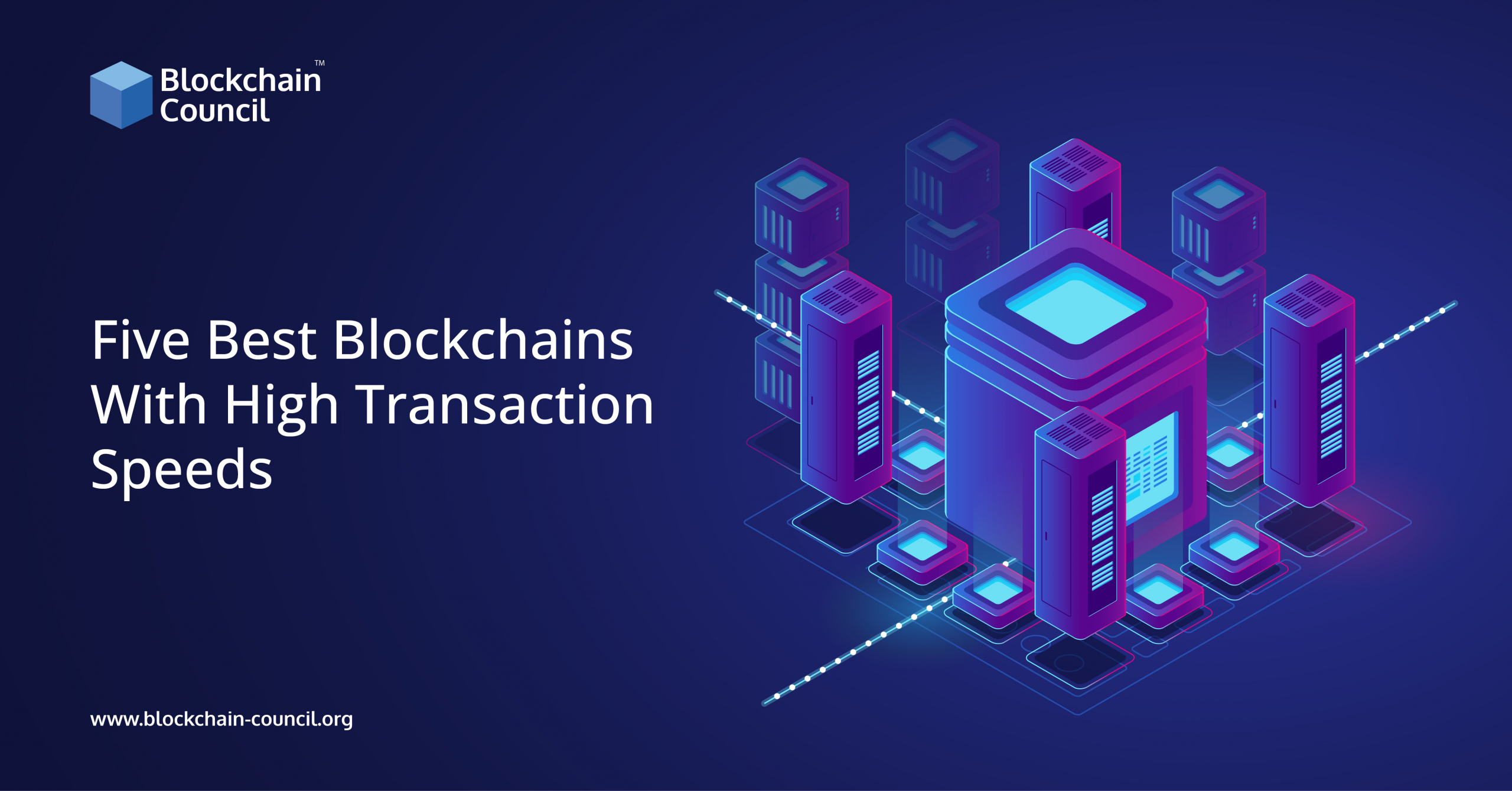
- Toshendra Kumar Sharma
- January 14, 2025
Blockchain network appears to be accelerating in terms of economic development at the moment. The innovation that was established in 2009 to help Bitcoin is now a dominant technology. Blockchain has applications in a variety of industries, including health care, the judicial sector, supply chain, and logistics, to name a few. Blockchain-based apps enhance the cryptocurrency sector by providing frictionless crypto trading while maintaining transparency.
As organizations investigate many possibilities for Blockchain’s potential through developing blockchain applications, the necessity for blockchain applications is out of this planet. According to one study, the global blockchain industry would expand from 3 billion dollars in 2020 to 39.7 billion dollars in 2025, with a CAGR (Compound annual growth rate) of 67.3 percent between 2020 and 25.
As a result, the need for blockchain platforms will continue to rise in order to safely and quickly create a blockchain-powered ecosystem. Therefore, we bring to you a compilation of the top five blockchains with high transaction speed that are suitable with the quickest cryptocurrency 2023, assisting enterprises in maintaining quicker processing rates in their corporate environment. Let’s get started:
Hyperledger Sawtooth
Hyperledger Sawtooth, one of the main open source blockchain efforts managed by Hyperledger and The Linux Foundation, employs a revolutionary consensus technique known as proof of elapsed time. It may be used in conjunction with hardware-based security solutions to permit trusted execution conditions of program code to operate in secure enclaves, which are protected sections of memory space.
According to Shawn Amundson, CTO of Bitwise IO and Hyperledger Sawtooth developer, the most typical uses include constructing supply chain systems and adapting Sawtooth for specialized reasons, including new consensus techniques. Work on a Sawtooth Library has begun, which will allow developers of bespoke distributed ledgers to select and choose whatever parts of Sawtooth to employ in their system.
Simultaneously, Sawtooth will use Splinter for networking, which will allow dynamic private loops (categories of nodes); Hyperledger Transact for transaction processing, which will improve smart contract possibilities; and Augrim for consensus, which will increase the number of approved techniques.
EOSIO
In 2018, the EOSIO blockchain technology was released as an open-source project. It is ideal for creating decentralized applications and smart contracts. As per its supporters, it employs a complicated consensus process dependent on PoS that outperforms earlier technologies such as Ethereum. It also contains support for a governing tool that allows users to vote on platform updates. Fast transactions and sophisticated user authorization options for installing apps are key characteristics.
On the platform, over 400 apps have been created, including identity and access management, SCM, and gaming. The community also offers a variety of tools for modifying blockchain implementations for a variety of decentralized use cases like SCM, security, custody, medical services, and DeFi.
EOSIO is likely most known for hosting the world’s biggest initial coin offering (ICO), generating over $4 billion through the selling of 1 billion EOS over the span of a year.
Corda
There is substantial debate about whether R3 Corda is a blockchain or just a distributed ledger. It employs a novel and distinct consensus element to cryptographically connect trades without clumping several exchanges within a block on occasion. Indeed, Corda’s developers consider it as both a blockchain and not a blockchain platform. One of the most important benefits of this technology is that it completes all trades on time, which increases its usability in comparison to other blockchains.
Corda provides an appealing solution for financial transactions and smart contracts with excellent security, and the R3 consortium has a large following in the financial industry. Bank of America, HSBC, Intel, and Microsoft are among the most vocal supporters. It facilitates the use of technologies that automate business logic and allow it to run across corporate borders. Corda Payments, a technical preview of which was just released, streamlines the process of integrating distributed payment capabilities into apps.
Apart from its enormous popularity, Corda operates in a highly competitive environment from other finance-focused blockchains that claim to enable quicker operations per second. Nonetheless, Corda has the potential to become the main system of insurance-related exchanges. The following are some of the Corda blockchain platform’s characteristics:
- Interoperability
- Strong and adaptable
- Development that is open
- Open Network
- Excellent Privacy
Hyperledger Fabric
Blummer (DAH) and Christopher Ferris (IBM) launched the Hyperledger Fabric initiative on March 29, 2016. On March 31, 2016, it was accepted for incubation as a result of the proposal. Corda emerged from incubation on March 2, 2017 and has been prevalent in the market ever since. Hyperledger Fabric is a platform for developing solutions or apps with a unique design. It enables components such as registration services and agreement to be instant. It offers a broad breadth of a scalable and flexible framework that can accommodate many current use cases.
One of the most intriguing aspects of Hyperledger Fabric is its ability to serve as an interconnected network. Customers of the Fabric system collaborate, but because companies must maintain some of their data confidential, they often retain distinct links inside their networking. For example, a buyer may contact several merchants selling a comparable item. The trading procedure between buyers and sellers should be confidential and not available to all businesses. It is made possible via a concept known as channels in the Hyperledger fabric technology.
In lieu of open and permissioned workings, Fabric provides a secure and scalable platform for private sales and secret transactions. Here are a few characteristics that distinguish the Hyperledger Fabric system from others:
- Queryable Data
- Facilitates Multi-language smart contract
- Greatly modular
- Meager latency of finality
- Support for EVM and Solidity
- Pluggable mechanism for Consensus
Several blockchains, such as nano, Tezos, and ripple, also function with the quickest coins. Consumers enjoy the convenience of fee-free nano operations per second.
Stellar
Jed McCaleb, the creator of Mt. Gox and a major backer of Ripple, simplified the Stellar channel system’s formal debut in 2014. Prior to the formal debut, he created a website called “Secret Bitcoin Project” to recruit alpha analysts. The stellar innovation network, a non-profit foundation, is the outcome of a collaborative effort with Stripe CEO Patrick Collison. Stripe provided Stellar with $3 million in startup funding. According to crypto experts, stellar is an open-source blockchain service that allows money to be transferred and stored.
It interacts with customers to create, trade, and transfer digital representations of various sorts of currency, such as dollars, pesos, bitcoin, and many more. Over 69 percent of financial firms are now experimenting with blockchain techniques to make their network more simple, reliable, and safe. Stellar is perhaps the most adaptable and important blockchain platform for developing rapid fintech apps, virtual currencies managing financial holdings, and coins. It is an open-source currency and payment connectivity technology. It has no owner; whatever it produces is owned by the whole public. It can handle a large number of transactions per day with 3-5 seconds of confirmation time. Stellar, including Bitcoin and Ethereum, syncs its network according to the blockchain structure. You may utilize stellar blockchain technology to release your commodities. You can also alter money while transferring or trading distributed coins.
The Stellar Blockchain Network has the following major features:
- It simply takes 3-5 seconds for verification.
- The framework connects smart contacts and multi-signature transactions.
- It is made up of an open and decentralized database.
- It keeps a set annual inflation rate of 1%.
- It enables thousands of trades each second.
Advantages of blockchain
Blockchain technology is a game-changing breakthrough for those who understand how to use it. Let us look at the benefits of Blockchain in terms of trading:
Structure that is decentralized
Blockchain technology truly exhibits its significance when there is no centralized entity, individual, or team that empowers confidence, as explained by Daniel Field, the head of Blockchain at UST and a global provider of digital media and administrations. Along those same lines, apart from enabling trustworthiness when participants require trust to interact since they are unknown to one another, Blockchain enables information exchange through an economy in which no entity controls the system. An excellent example is the supply chain: Several entities – from suppliers and providers to transportation companies to traders and retailers – get critical information from others in the supply chain, but no one is responsible for simplifying all of that data exchange.
Transparency
Blockchain adds transparency to trade records and basically eliminates the possibility of fraud. Since it is a distributed ledger, the instructions are duplicated across all nodes (or only the approved parties) in multiple locations. The data on a public blockchain is basically open to the public. If an exchange records adjustments, all network participants may view the latest information and modifications. As a result, each person has access to all currency trading data and members may view the complete history ( in Corda and Hyperledger, it is available specifically for permitted users).
Security
In terms of security, Blockchain outperforms previous record-keeping systems on all counts. Only all participant contracts on a blockchain network may edit or amend the shared paperwork of exchanges. The information is updated when all or a large fraction of nodes agree to change an entry. Furthermore, when an exchange is approved, the technology encrypts and attaches it to the record. As a result, no person or entity may change a record. Any business that requires to safeguard confidential material, such as financial firms, governments, and medical services, may utilize Blockchain to provide strong security.
Traceability
It is difficult to trace information back to its origins in the realm of regular interactions. In any case, Blockchain preserves the record of each transfer and exchange, so you can see where a certain resource is originating from. The greater level of information accessibility can aid in determining authenticity and preventing cheating.
Cost reduction
Blockchain technology can also help businesses save money. It makes transaction processing more efficient. It also reduces manual duties such as data collection and manipulation, as well as task description and evaluation. Experts underline the amount of money that financial institutions would save by using Blockchain. The ability of blockchain to streamline clearance and repayments immediately translates into cost savings. Furthermore, blockchain helps firms cut costs by removing the need for middlemen, sellers, and external contractors – who usually conduct the very same operation as Blockchain.
Productivity
With traditional, manual processes, conducting an exchange is difficult since it involves the involvement of third-party entities and is fraught with operator error. Blockchain can level out now and handle different inheritance schemes, removing the possibility of blending and making transactions more efficient and faster. Because there is only one ledger, participants do not need to keep track of many reports, resulting in significantly less chaos. Furthermore, when everyone accesses comparable facts, it is easier to establish trust. With no need for intermediaries, money transfers become seamless and simple.
Speed
By eliminating middlemen and replacing manual processes in exchanges, Blockchain can handle massive quantities of transactions far faster than previous methods. Blockchain may sometimes conduct a trade in seconds. However, transaction time varies amongst blockchains; how quickly a blockchain-based structure can conduct transactions is determined by a variety of factors such as network traffic, the number of active users, and the volume of each block of information. In any event, experts claim that Blockchain often outperforms other approaches and improvements in terms of speed. Walmart, in possibly the most visible application of Blockchain technology, employs blockchain technology to track the source of selling items in minutes and enable transactions to be executed more quickly and efficiently. This procedure typically takes seven days to complete.
Conclusion
Finally, you have several options for the finest blockchains with fast transaction speeds. Regardless, when it comes down to making the ultimate decision, everything comes down to your requirements. Consider that all significant blockchain networks include a crucial capability of examining real-time transfer modifications. As a result, you must try to base your selection on the characteristics and services that you require, such as faster operational speed as there is less demand. People may look for blockchains which meet their criteria. The list we provided above includes the quickest cryptocurrency 2023 as well as the top masternodes 2023.

































































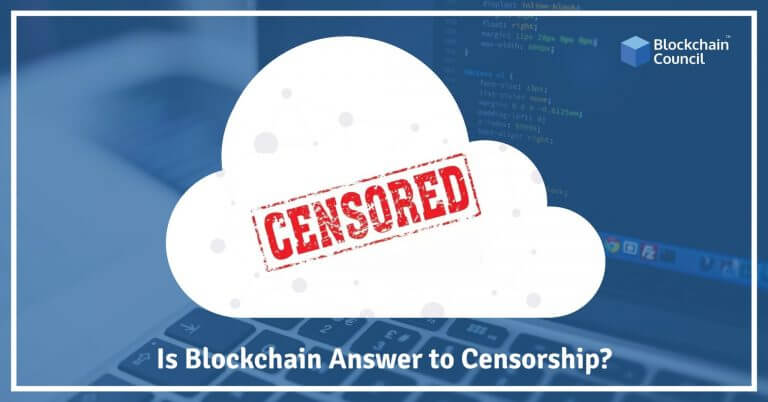
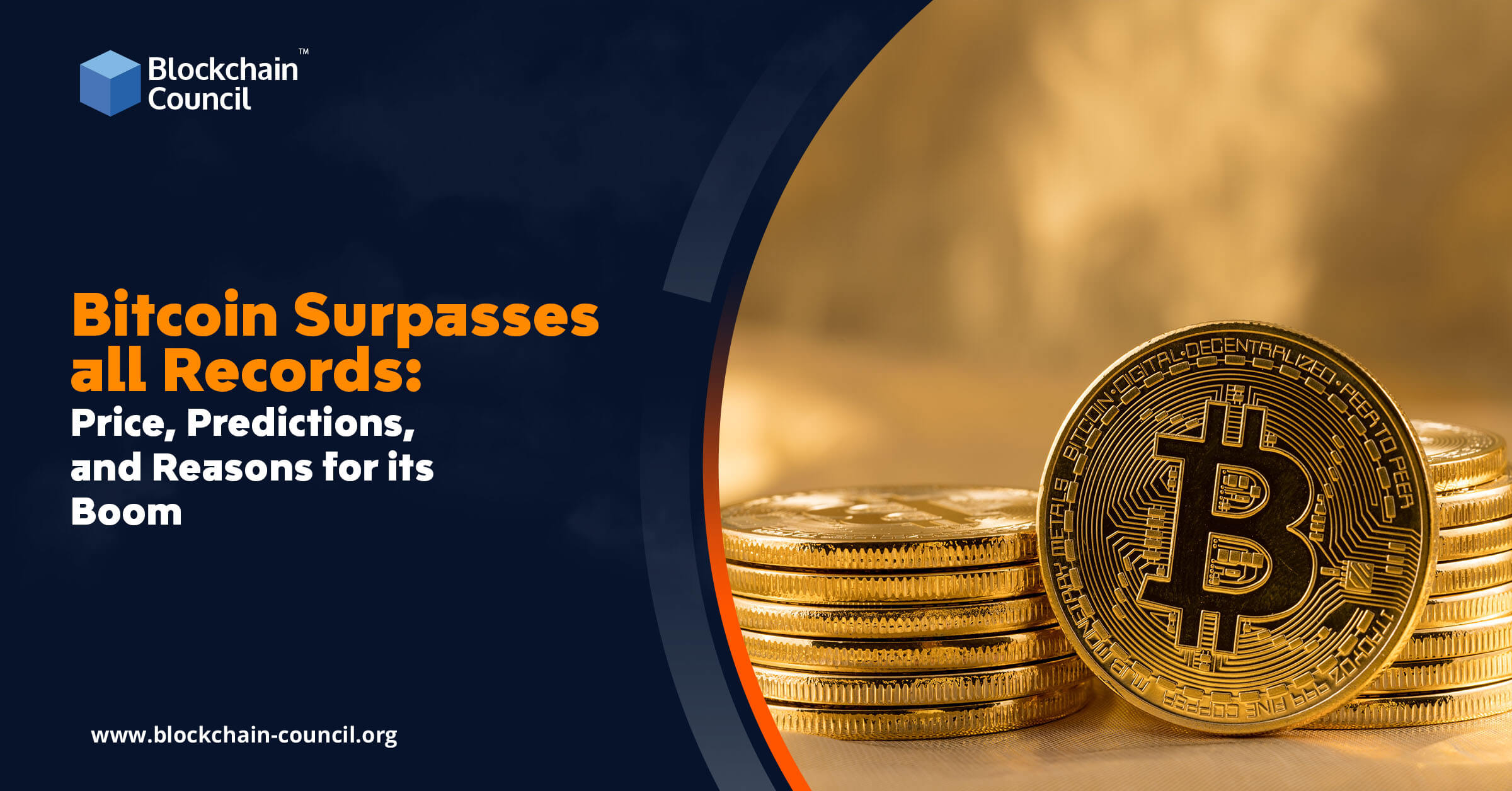
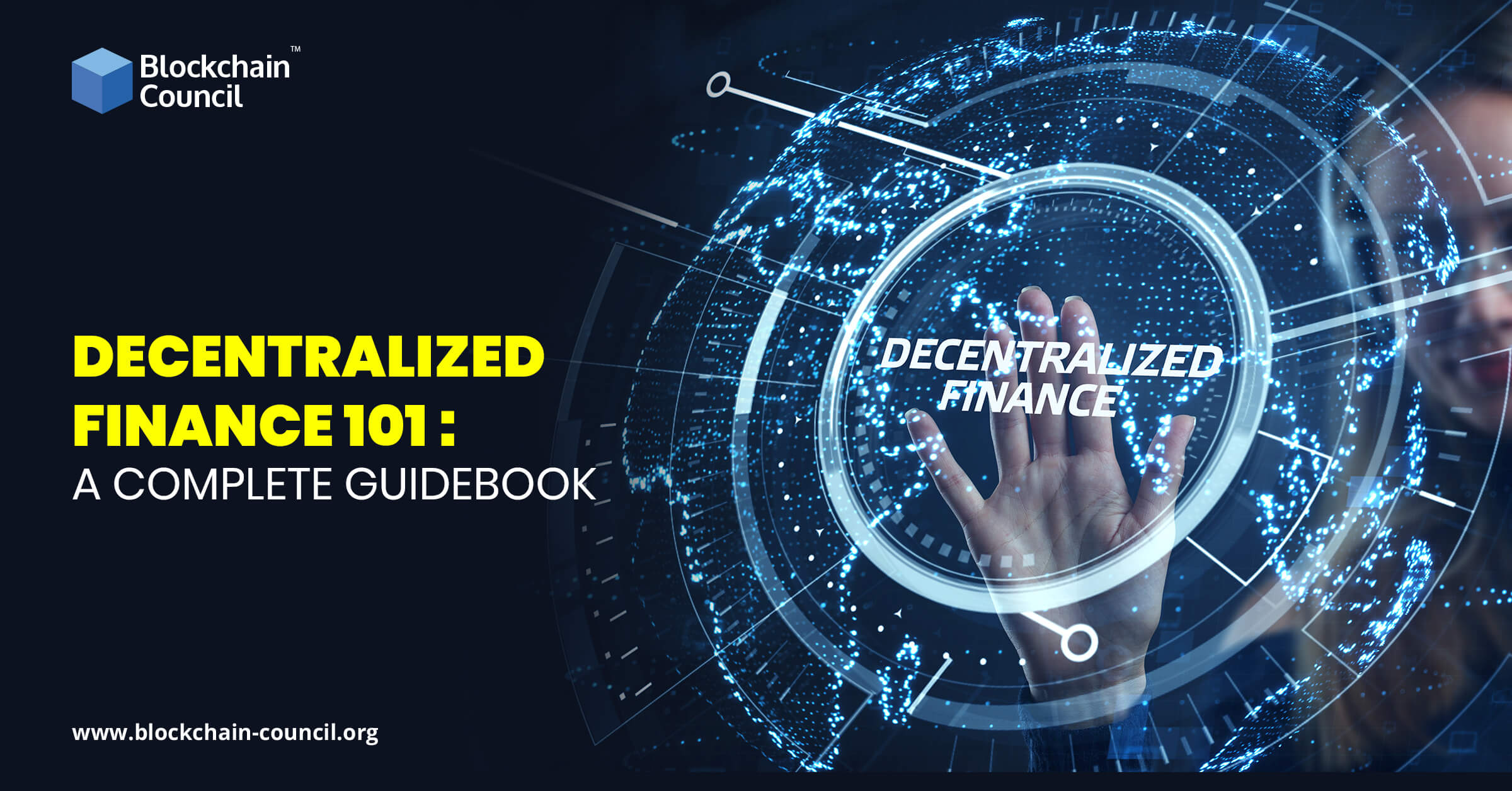
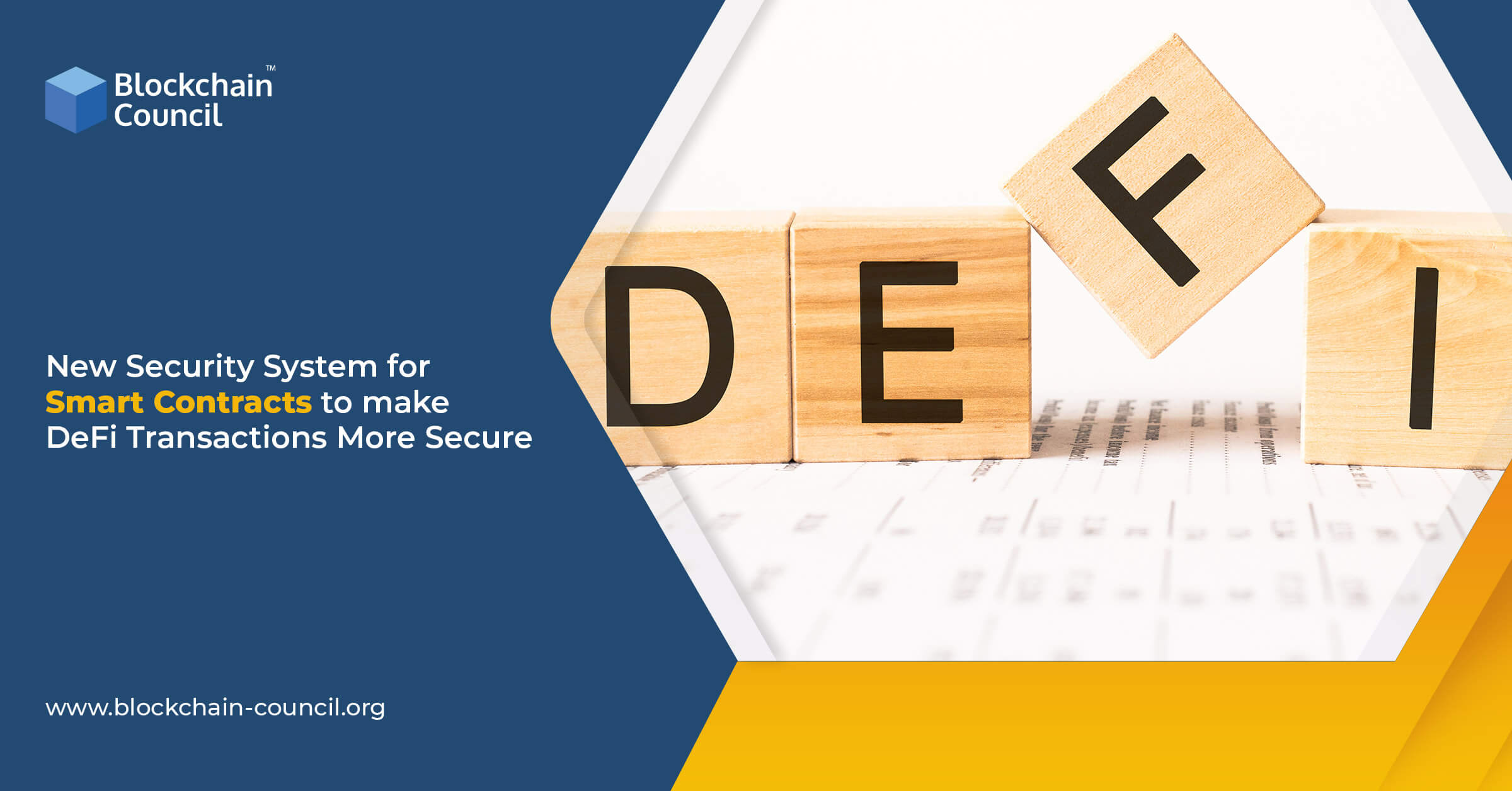
 Guides
Guides News
News Blockchain
Blockchain Cryptocurrency
& Digital Assets
Cryptocurrency
& Digital Assets Web3
Web3 Metaverse & NFTs
Metaverse & NFTs
